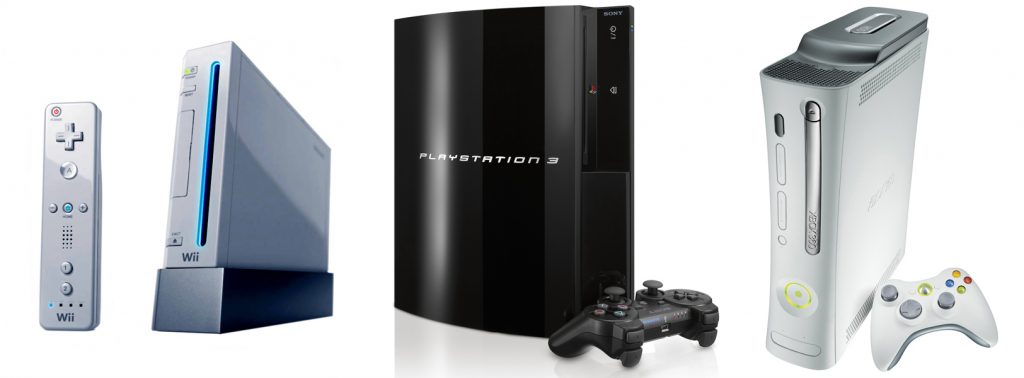The Life Cycle of Game Consoles – The Ry Perspective
The Life Cycle of Game Consoles
For everything in an experience, it always leads to long lasting memories. From our every part of our lives, these experiences can range from visiting an amusement park to going on a trip to your favorite golf resort. For gamers, it is getting hold of that latest gaming console. That excitement digs deep in our psyches, knowing that there will be new moments created in unexplored worlds. For all that fun, it will fade into the past like every other memorable time. These are the moments are what defines the life cycle of a game console.
Everything has a time frame, which includes the game consoles. This life cycle drives a niche to become an item of value. As these devices evolve, the replacement of that old school childhood toy slowly became something where you will be adding, building and expanding a collection. As that wheel turns, it builds a generational fanbase that sizes up brands to iconic status. This leads that ongoing idea of what comes next. It has recently been reported from the Head of Sony that the latest iteration of the PlayStation (PS4) is nearing the end of its current life cycle (Polygon). From the company to that consumer fanbase, seeing that finite point brings about a sought-after investment. Many people in the gaming community put a lot of time and effort to keep things going, showing levels of entertainment that grows hobbies into serviceable incomes. From the online competitions to the interactive appeal, it creates a place where you need to constantly replace and update. What defines the life cycle of a console? It is balance of companies with the community.
For those that live and breathe the video game world, having that ‘latest’ console presents avenues of imaginations and creativity for their specific community. Even with the wonderment of possibilities, the reality of the constant replacement has its downfalls. With each new console released, prices can range from 300 to 500 dollars, which doesn’t include the extra amenities and games. This leads to that delicate thread between the company’s influence and community’s desires. In each decade, we have had many different battles known as the ‘console wars.’ From the Sega vs Nintendo era in the 80s and 90s, to the Microsoft vs Sony era in the 2000s, companies battle for the top to show ‘whose better’ for the community. Having that ability to evolve core elements of gaming, it brings about an array of influence. What kind of device should be made? How will the market react? What should be the cool peripheral? How long should we invest in the console? With several things to consider, it all has influences that lead to the existence of memorable items and extended life cycles. Two examples are:
- The PlayStation 2
- Xbox 360
These two game consoles had the backing of the makers and community that allowed for the life cycles to become something unforgettable. If there is some worth between the two parties, then the determinant of the life cycle can go beyond the typical 5 years.
Game consoles will always have its time built in. No matter how long, the lasting effects of playing with others, experiencing new worlds and seeing a wide array of innovations will help build that define memory for the game console’s life cycle. It is worth the time to live the dream, as there is only one chance to experience it in the game.
